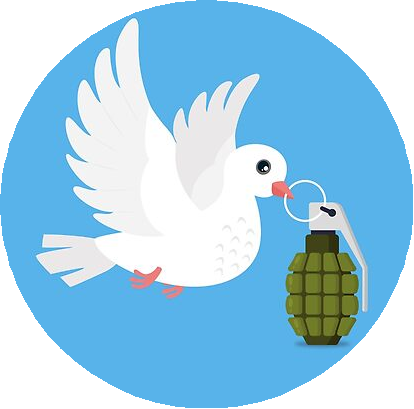Oct 3 (Reuters) - A self-driving Tesla carrying a passenger for Uber rammed into an SUV at an intersection in suburban Las Vegas in April, an accident that sparked new concerns that a growing stable of self-styled “robotaxis” is exploiting a regulatory gray area in U.S. cities, putting lives at risk.
Tesla CEO Elon Musk aims to show off plans for a robotaxi, or self-driving car used for ride-hailing services, on Oct. 10, and he has long contemplated a Tesla-run taxi network of autonomous vehicles owned by individuals.
Do-it-yourself versions, however, are already proliferating, according to 11 ride-hail drivers who use Tesla’s Full Self-Driving (FSD) software. Many say the software, which costs $99 per month, has limitations, but that they use it because it helps reduce drivers’ stress and therefore allows them to work longer hours and earn more money.
Yoon, who posts YouTube videos under the banner “Project Robotaxi,” was in the driver’s seat of his Tesla, hands off the wheel, when it entered the intersection in a suburban part of Las Vegas, according to footage from inside the car. The Tesla on FSD navigated the vehicle at 46 mph (74 kph) and did not initially register a sport-utility vehicle crossing the road in front of Yoon. At the last moment, Yoon took control and turned the car into a deflected hit, the footage shows.
“It’s not perfect, it’ll make mistakes, it will probably continue to make mistakes,” Yoon said in a post-crash video. Yoon and his passenger suffered minor injuries and the car was totaled, he said.
Yoon discussed using FSD with Reuters before he publicly posted videos of the accident but did not respond to requests for comment afterward.
